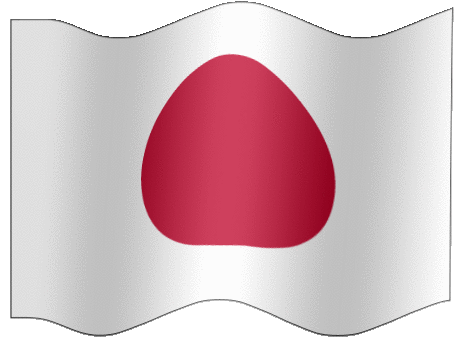 |
 |
 |
Let's be more moved - turn a trip of sights into a trip of feeling!

|
|
|
  |
MINAMI SOMA
|
| Free estimates Free travel consultation |
|
|
|
|
|
|
| #07P201 |
|
|
|
|
|
| SOMA NOMAOI |
Wild horses chase festival |
|
|

This is one of Fukushima Prefecture's representative summer festivals,
held on the Saturday, Sunday, and Monday of the last week of May. After
a procession of about 400 mounted warriors, a horse race in traditional
armor and a battle for the sacred flag are held. It is said that the festival
originated when, before the establishment of the Kamakura Shogunate, a
powerful clan leader Taira-no Masakado, let loose wild horses to serve
as enemy soldiers for military training. Many people visit every year to
see up close the heroic figures of mounted warriors dressed in the attire
of the Warring States period galloping through the fields. The second day,
Sunday, is the "main festival," and is the most exciting of the
three days. Note that on this day, you will need a ticket to enter the
venue, "Hibari-ga-hara Festival Grounds." It is said to be the
only Shinto ritual that still retains traces of ancient times, and has
been designated an Important Intangible Folk Cultural Property of Japan. |
 |
|
|
|
|
|
|
|
| #07P202 |
|
|
|
|
|
| Stone Buddhas of Mt. DAIHIZAN |
Stone Buddhas divided into three locations |
|
|
|

The Stone Buddhas of Daihisan are a collective term for three groups of
stone Buddhas located in caves on the side of a small hill. The well-preserved
stone Buddhas are kept inside a covered building named "Yakushido",
and six Buddha statues are rendered in three dimensions in a cave with
a width of about 15 meters. There is also a stone Buddha with a 9-meter-tall
seated Thousand-Armed Kannon statue at the center, surrounded by numerous
smaller Buddha statues called kebutsu (carved Buddhas) carved into the
walls, but it is not in as good a state of preservation. These stone Buddhas
are said to have been erected in the Heian period, but the historical background
to their construction is unknown, and there is still much mystery surrounding
them. As there are no other groups of stone Buddhas this old and large,
they have been designated a national historic site. |
 |
|
|
|
|
|
|
|
|
|
|
|
|
|
|
|
|
|
|
|
|
|
|
|
|
|
|
|
|
|
|
|
|